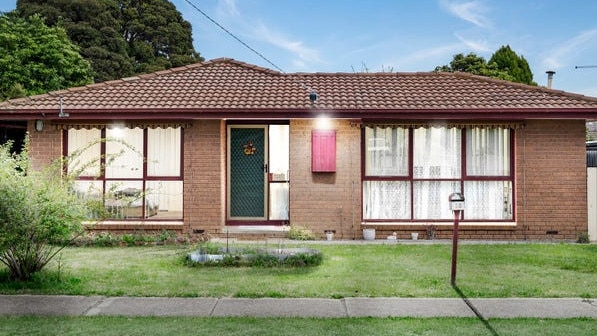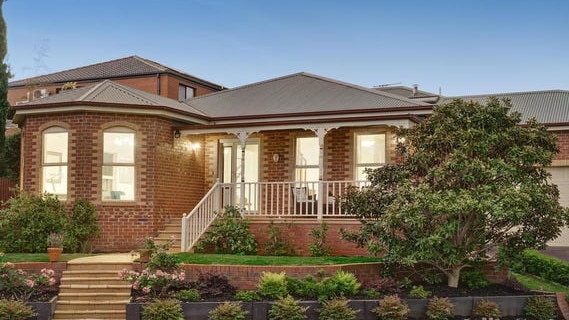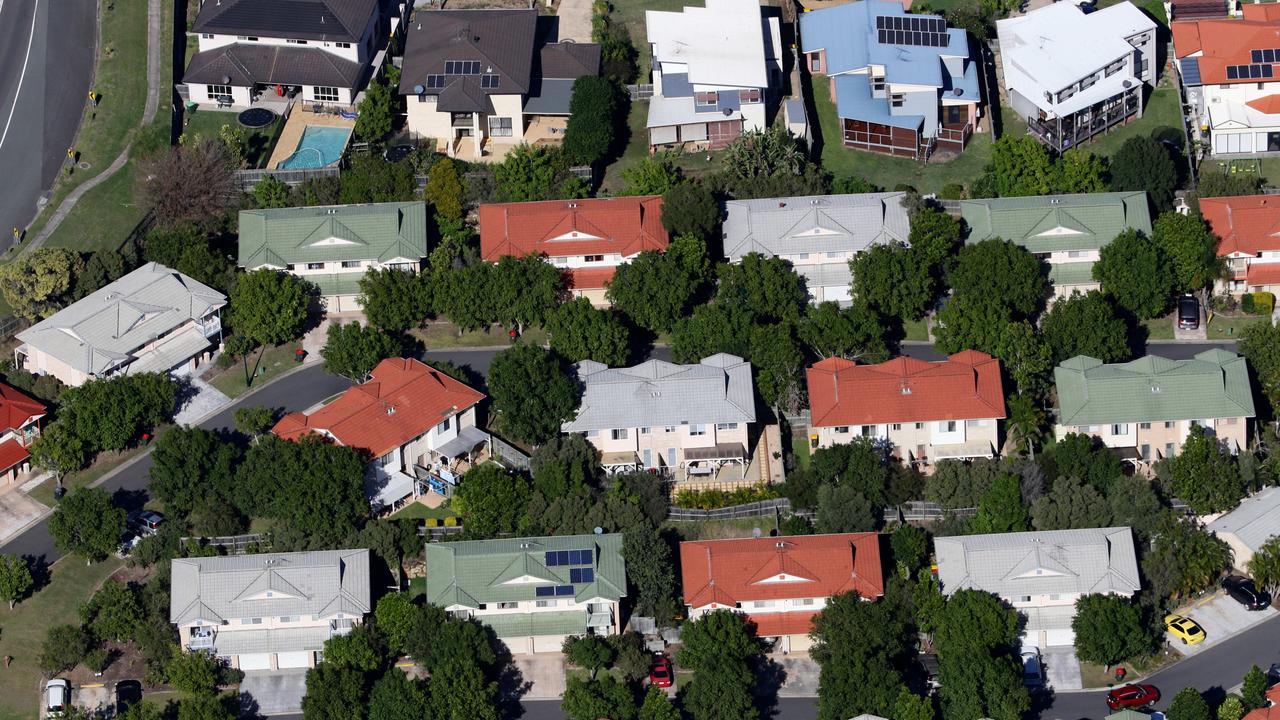Real estate: Victoria’s ‘Rising Star’ property markets of 2023
Melbourne’s affordable and “relatively affordable” suburbs will be next year’s real estate stars as household budgets continue to be squeezed.

Property
Don't miss out on the headlines from Property. Followed categories will be added to My News.
Melbourne’s affordable and “relatively affordable” suburbs will be the stars of the 2023 property market as rising rates and the cost of living continues to heap pressure on household budgets.
Canstar’s ‘Rising Stars’ Australian Property Market Report ranks Melbourne a lowly 13 of 14 nationwide regional and capital city markets for next year, with another difficult year looming.
Regional Victoria has also passed its peak according to the report — powered by Terry Ryder’s Hotspotting — now at number 10 on the list, topped by Adelaide after years of strong growth.
RELATED: How far house prices have left wages behind
What you need to earn to own in every suburb
Home prices suffer first festive fall in four years
Mr Ryder said the theme of Melbourne’s top 10 suburbs for capital growth potential was affordability — and “relative affordability” when it came to the likes of Glen Waverley and Forest Hill.
“You wouldn’t say they’re affordable for a first-home buyer, but relative to the most prestigious markets of Melbourne, some of which have median prices above $2m and $3m, they’re still relatively affordable for that middle market,” Mr Ryder said.
“And they’re good areas, with good amenities and good proximity to the desirable things.”


Melton South at Melbourne’s truest affordable entry point — one of only a few suburbs with a median house price beneath $500,000 — is another flagged using the metrics of sales volumes, quarterly price growth, vacancy rates, rental growth and infrastructure spending.
The report aims to use this series of forward-looking indicators to determine the prospects for annual price growth in each of the nation’s major markets.
Caroline Springs, Epping, Hoppers Crossing, Roxburgh Park and Sunbury round out the top 10 housing markets for Melbourne, while units in North Melbourne and Richmond also feature.
Inner-city apartment markets are finally having a bit of a moment after being the hardest hit nationwide during the pandemic, with affordability again key.
Investors and homebuyers are more receptive to apartments close to the CBD as vacancy rates tighten, rents increase and the appeal of city life returns.


Mr Ryder said regional Victoria was “lukewarm” on the report’s five key metrics after mammoth growth over the past five years, but he believed the 2026 Commonwealth Games would help drive further growth ahead of their commencement.
“Regional Victoria, particularly the major cities, Ballarat, Bendigo and Geelong, has had four-five years of really impressive growth and that cannot continue infinitum,” Mr Ryder said.
“We’re at that point where there’s a bit of levelling off in that. But we are going to see a resurgence at some point in the next couple of years.”

He expected Melbourne would “struggle overall” next year, but it would be temporary.
Ray White chief economist Nerida Conisbee said the return of migration through open borders and high constructions costs were limiting Victorian price declines.
“It does look like from our own data pricing is really starting to stabilise now,” she said.
“We had seen quite a significant drop off in pricing, driven mainly by what’s happened to interest rates, but inflation does appear to be coming back … in October it came in at 6.9 per cent, a little lower than 7.3 per cent in September, so things are moving in the right direction.”


Ms Conisbee said the financial market was now pricing in a peak cash rate of about 3.8 per cent, down from 4.1 per cent a few weeks ago, and it was “50/50” whether there would be another rise when the Reserve Bank of Australia meets again next week.
“At this point I don’t think there will be tonnes of increases, maybe one or two more and then the RBA will remain pretty stable from that point onwards,” she said.
Melbourne’s median property price was down 0.33 per cent to $801,000 in November, according to Proptrack’s Home Price Index, marking an annual drop of 4.49 per cent and 5.3 per cent from its peak.
It comes as Moody’s Investors Service this week declared housing affordability worsened even though house prices declined in 2022, because of rising mortgage interest rates.
“While house prices are declining, rising interest rates over 2022 and any further rate rises in 2023 mean affordability for new borrowers is poor and will remain so over the next year,” it stated in its 2023 outlook for structured finance.


Canstar editor-at-large Effie Zahos noted affordability’s centrality to the Rising Stars list nationally and said loan serviceability was “a major stumbling block for buyers”.
“Not only will they need to be able to service the headline (interest) rates but banks will be factoring in a 3 per cent buffer (on top of that),” she said.
“If you factor in the possibility of another three 0.25 percentage point rate rises, the monthly repayments for a loan over 30 years on a $600,000 property with a 20 per cent deposit will be under $2900.”
The current cash rate is 2.85 per cent after seven consecutive months of rises since May.
Sign up to the Herald Sun Weekly Real Estate Update. Click here to get the latest Victorian property market news delivered direct to your inbox.
RELATED: Scott and Alex Pendlebury buy Bayside house project for around $7m


